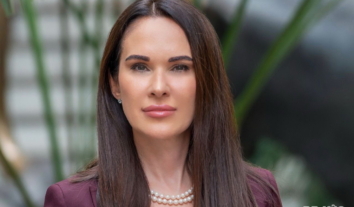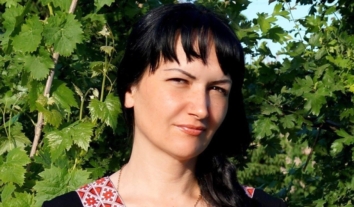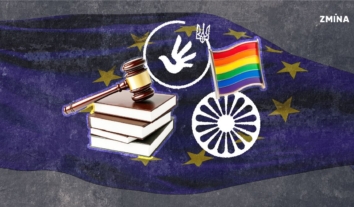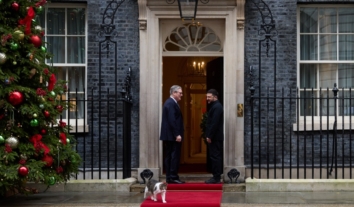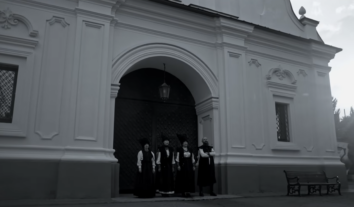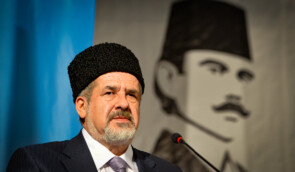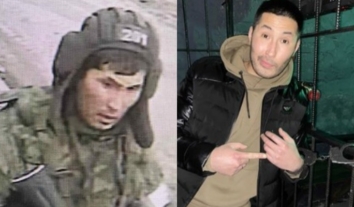Crimean courage: risking freedom for Ukrainian identity
The Mission of the President of Ukraine in the Autonomous Republic of Crimea monitors the so-called courts in temporarily occupied Crimea. From their hearings alone, we know of at least 847 Crimean residents resisting on the peninsula.
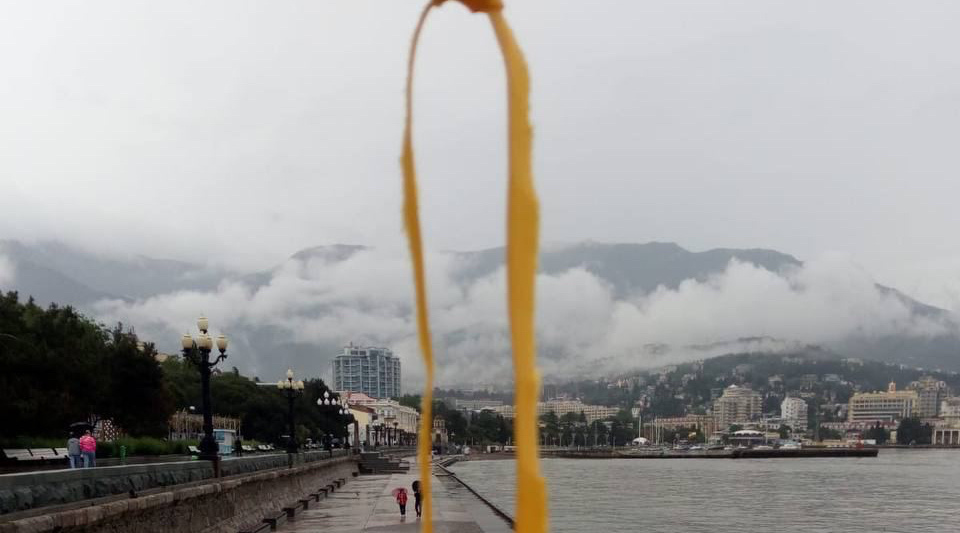
These individuals face persecution through fines or administrative arrests lasting about 15 days. Increasingly, occupying authorities are reclassifying these cases, resulting in criminal prosecutions and longer prison terms.
What are people actually doing? In free Ukrainian-controlled territory, displaying the state flag or getting yellow and blue manicures might seem ordinary. Singing Ukrainian songs and attending Ukrainian festivals are commonplace. However, for Crimean Tatars and political Ukrainians in Crimea, such actions lead to persecution.
Despite this risk, people have continued these acts of resistance since the beginning of the full-scale invasion. We’ve spoken with numerous individuals forced to leave the peninsula due to active persecution. Some we interviewed in April later joined the Ukrainian Armed Forces.
These are unique stories. Crimean residents face persecution for tattoos with Ukrainian symbols, for raising the Ukrainian flag over Roman-Kosh or Sevastopol, for singing Ukrainian songs, and for teachers playing “Bayraktar” for their students.
Why is this resistance growing? It’s directly related to the actions of the Ukrainian Armed Forces on the Kerch Bridge, the Russian fleet headquarters in Sevastopol, and military bases on the Crimean Peninsula. Crimean residents witness these events, which fuels their resistance.
They see Ukraine fighting for Crimea not only at the political and diplomatic level but also in physical and military terms. Due to different circumstances, this wasn’t the case before 2022.
Moreover, the resistance grows because deoccupation was included in the Strategy for de-occupation and reintegration of the Peninsula. While diplomatic policy was the key mechanism for liberating our territories, we never ruled out the military element. As Ukraine’s Armed Forces achieve more success, resistance grows. It doesn’t stop, even for a day.
We observe numerous persecution cases in the so-called “courts,” including the illegitimate one in occupied Armyansk. People are stopped, checked by the FSB officials in the framework of “filtration measures” and detained if anything related to Ukraine is found in their phones or notebooks. There are many such cases, and we need to talk about those who suffer.
One of our constant measures is to showcase this resistance. On February 26, Crimean Resistance Day, we opened a “Loam Stone” exhibition at the National Office of the Crimean Platform. “Loam Stone” is a flower mentioned in the poetry of Lesya Ukrainka, who spent much time in Crimea. This flower breaks through stone, growing in harsh conditions.
We are also talking about Crimean women who resist in Crimea. 41% of these 847 cases I mentioned are of women. This resistance affirms that Crimea is Ukraine. Just as powerful women in Ukraine participate in the Volunteer Movement, Armed Forces, and politics, women’s resistance in Crimea demonstrates the strong connection between the Ukrainian state and the Crimean Peninsula.
This is indeed our land. Resistance proves that these are our people living there. They continue to resist. Interestingly, while cases of “discrediting the Armed Forces of the Russian Federation” are decreasing within Russia proper, they are increasing in Crimea.
Speech by the Representative of the President’s Mission to the Autonomous Republic of Crimea Tamila Tasheva at the Crimean stage “Bakhchysarai” during the “Country of Dreams” festival



